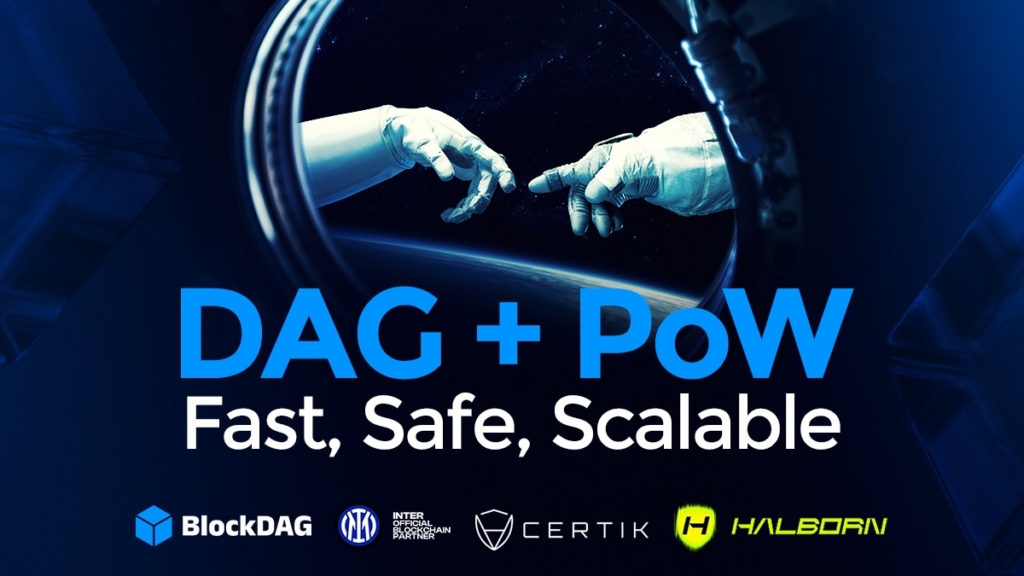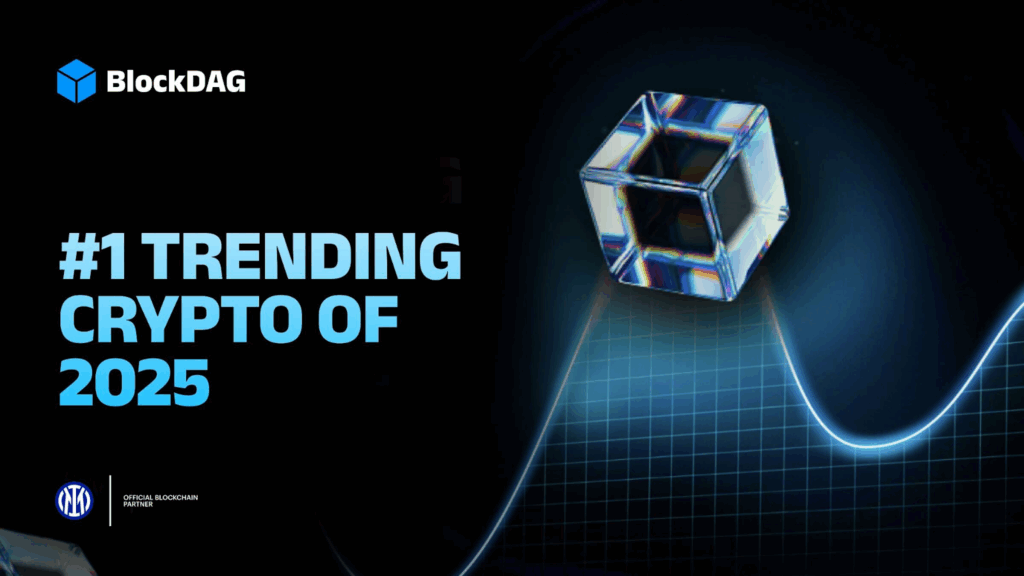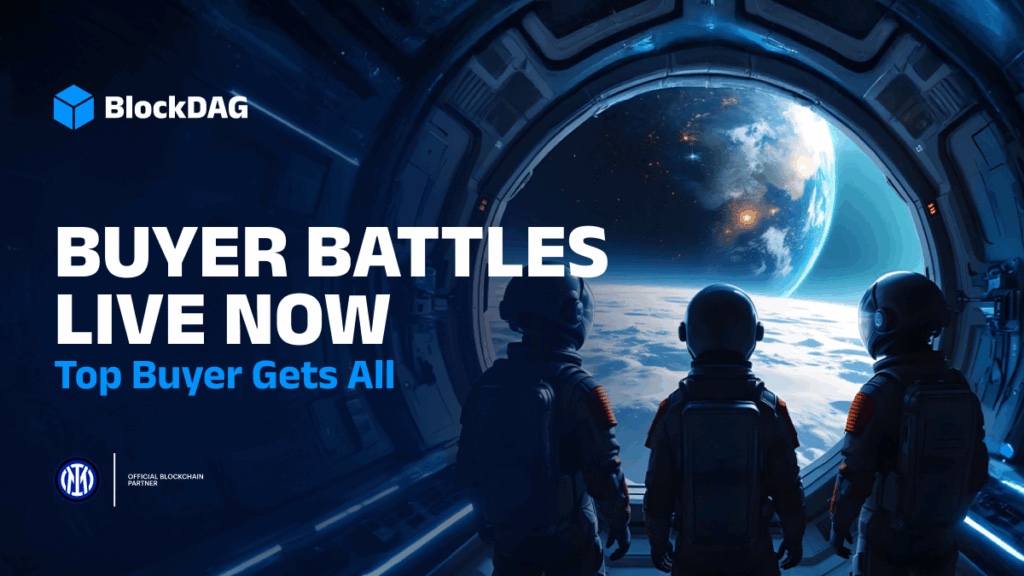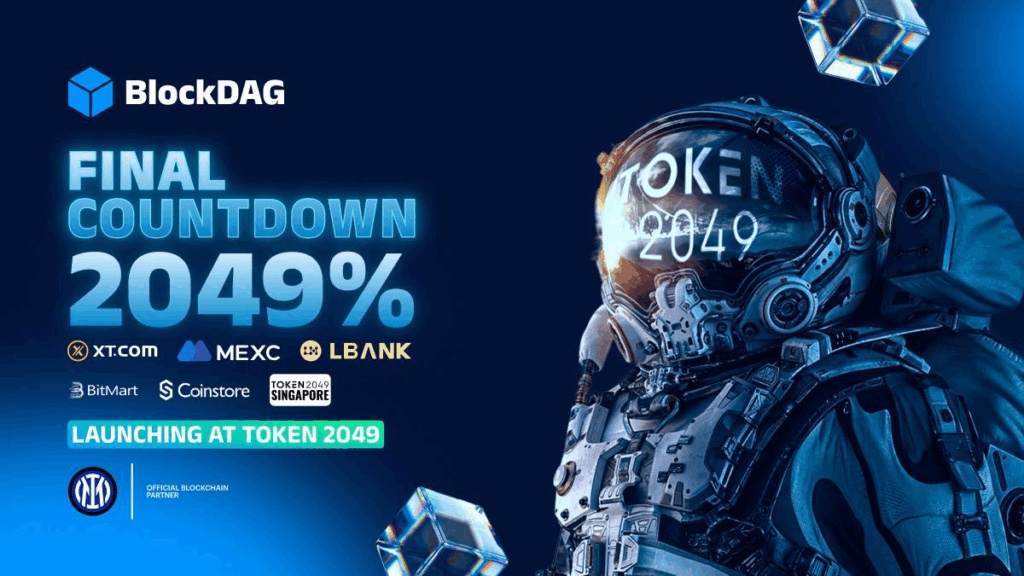In the blockchain world, staying ahead means more than being early. Cardano (ADA), once known for its solid technical base and eco-friendly design, now faces strong competition from a network that is not only learning from its path but improving on it. BlockDAG is gaining attention with its fast and flexible structure, real-world tools, and developer-focused features. While Cardano continues along a slow, multi-step roadmap, BlockDAG shows how new design choices and active development can drive adoption quickly.
Cardano is still focused on upgrades like Hydra and Mithril. But BlockDAG is already offering the speed, access, and features needed to support wide usage. The difference comes down to how each one is built. BlockDAG (BDAG) is focused on scaling from the very beginning.
New Network Design Focused on Speed and Usability
Cardano uses a proof-of-stake system called Ouroboros. It’s energy-efficient and secure, and has been reviewed by experts. For scaling, Cardano depends on Hydra, an off-chain system. BlockDAG uses a very different setup. It combines DAG (Directed Acyclic Graph) and Proof-of-Work. This allows the network to confirm many blocks at the same time, solving a key issue that slows down most Layer 1 chains.
BlockDAG’s testnet already runs over 2,000 transactions per second, far faster than Cardano’s mainnet today. Hydra might boost Cardano’s speed later, but for now it’s still in progress. BlockDAG, by contrast, is already live with these features. It’s also compatible with the Ethereum Virtual Machine, meaning developers can launch apps and tokens using simple no-code tools. This all works inside a testnet that supports real-time validation.
This performance is not based on guesswork. The DAG system is built for speed. Its lightweight Proof-of-Work keeps the network safe without high energy use. The setup avoids MEV issues, confirms faster, and keeps fees low, even when many users are online. While Cardano builds upgrades for the future, BlockDAG is showing what works right now.
BlockDAG’s Tools Focus on Simplicity and Access Where Cardano Falls Short
A common concern with Cardano is the complexity developers face. Its smart contract language, Plutus, is based on Haskell. While secure, it is unfamiliar to many Web3 developers. In contrast, BlockDAG supports EVM from the start, so Solidity developers can switch easily without extra learning.
BlockDAG also supports users and builders with mining tools and hardware options. The X1 mobile app, already used by more than 2 million people, lets users mine coins right from their phones. For those wanting more control, devices like X10, X30, and X100 allow users to scale up and support the network as full-node participants.
Cardano does offer staking and delegation, but not tools like these. There is no simple device that lets users mine or help run the network directly. This difference is not just about mining but about how people take part. BlockDAG offers direct use and rewards, while Cardano feels more focused on large entities and less on regular users.
Real Progress, Strong Ecosystem, and a Clear Plan
Cardano has always followed a steady, research-based path. Its Voltaire governance system is still in progress, and activity on its dApps remains limited. BlockDAG, in comparison, is moving forward quickly. With over $350 million raised and 24.2 billion coins sold, it ranks among the top-performing presales to date.
Its network is already active. The live testnet supports token launches, smart contract use, and open community testing. BlockDAG is also building strong public ties with teams like Inter Milan, Seattle Orcas, and Seattle Seawolves. These partnerships go beyond simple branding, aiming to connect blockchain tools with popular global platforms.
Even the hardware launch is on track. The X30 and X100 devices are set to ship on July 7, while the X10 follows on August 15, right after the August 11 event that confirms the final price of $0.0016 per coin. Meanwhile, Cardano still faces slow wallet syncing, network delays, and limited traction in DeFi. BlockDAG’s method of meeting each milestone allows both the platform and its users to move forward with confidence.
BlockDAG Moves Ahead Instead of Catching Up
Cardano once set the standard for eco-friendly, secure blockchain design. But it is no longer leading the space. BlockDAG has stepped forward with a more advanced structure and a faster rollout plan. Its blend of DAG and Proof-of-Work supports both speed and protection. Its mining tools offer hands-on access. Its products are active, not just in planning.
While Cardano continues to wait for its apps and tools to take off, BlockDAG is already building its system with real users, more developers, and set plans for liquidity. The next leaders in blockchain will not be chosen by how early they started but by how ready they are. Based on what is live now, BlockDAG is not behind the curve, it is setting the pace.
Presale: https://purchase.blockdag.network
Website: https://blockdag.network
Telegram: https://t.me/blockDAGnetworkOfficial
Discord: https://discord.gg/Q7BxghMVyu
Disclaimer: Any information written in this press release does not constitute investment advice. Optimisus does not, and will not endorse any information about any company or individual on this page. Readers are encouraged to do their own research and base any actions on their own findings, not on any content written in this press release. Optimisus is and will not be responsible for any damage or loss caused directly or indirectly by the use of any content, product, or service mentioned in this press release.



